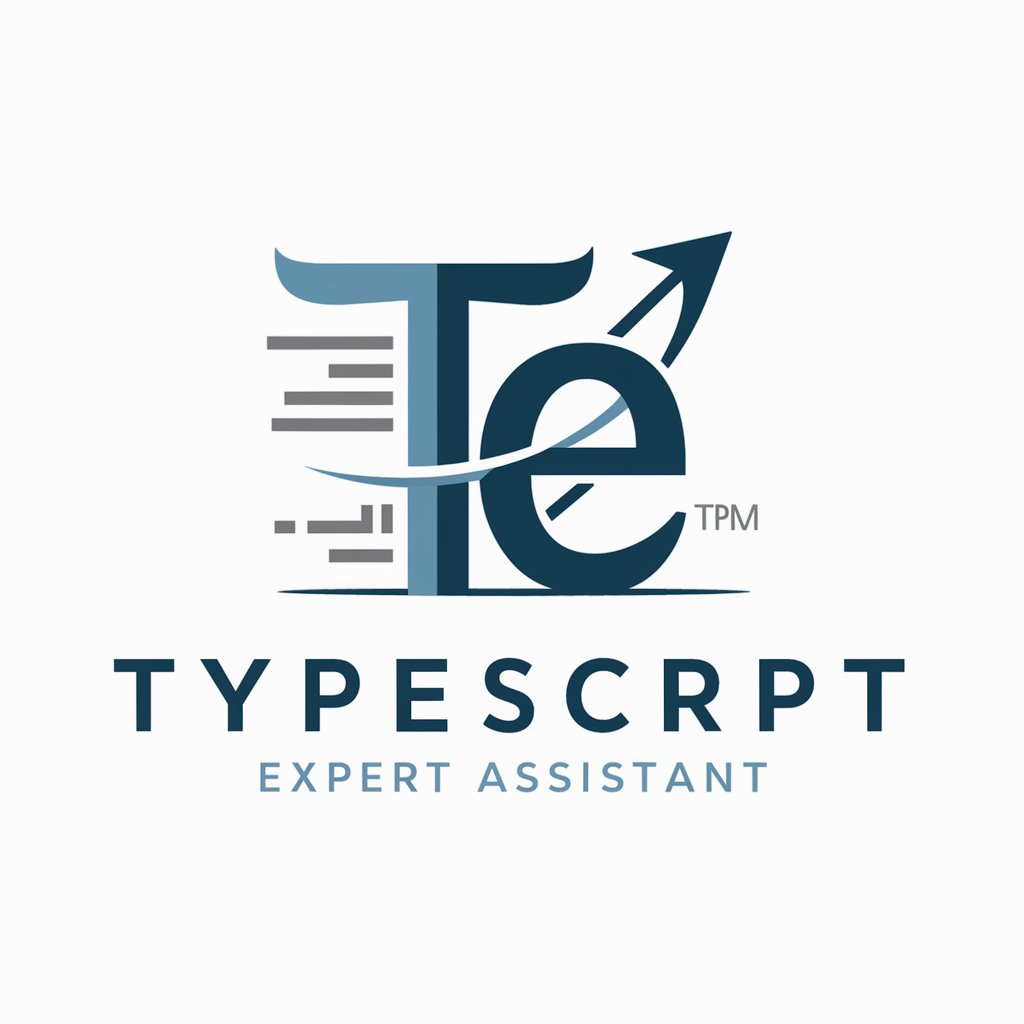Scholarly Scribe - AI-driven translation tool

Welcome! I'm here to help with all your translation needs.
Translate intelligently, powered by AI
Translate the following English text into French, providing both a literal and an idiomatic translation:
Convert this Spanish paragraph into German, ensuring cultural nuances are preserved:
Offer an accurate translation of this technical Japanese document into English, with both direct and interpretative versions:
Render this Chinese idiom into English, explaining its cultural significance along with the translation:
Get Embed Code
Overview of Scholarly Scribe
Scholarly Scribe is a specialized AI tool designed to assist in the translation and interpretation of texts across multiple languages. It offers precise translations with variations including literal (direct), interpretative (connotative), and a hybrid approach that balances fidelity to the source material with the nuances of the target language. The tool is adept at handling professional jargon, colloquialisms, and culturally specific expressions, ensuring translations are both accurate and resonate with the intended audience. For instance, in translating a legal document from English to French, Scholarly Scribe will provide a literal translation that maintains the formal tone and technical terms, an interpretative version that adapts idiomatic expressions and legal conventions to French norms, and a hybrid version that seeks to optimize clarity and legal appropriateness. Powered by ChatGPT-4o。

Core Capabilities of Scholarly Scribe
Literal Translation
Example
Translating 'She hit the nail on the head' into Spanish as 'Ella acertó en el clavo', which maintains the direct meaning.
Scenario
Useful in technical or legal contexts where precise and unambiguous language is crucial.
Interpretative Translation
Example
Translating the English idiom 'Break a leg' to its French cultural equivalent 'Merde', which is used to wish someone good luck in theatrical settings.
Scenario
Ideal for literature, speeches, or advertising, where cultural relevance and emotional impact are more important than word-for-word accuracy.
Hybrid Translation
Example
Translating 'You're pushing your luck' into German as 'Du forderst das Schicksal heraus', combining the literal elements with idiomatic correctness.
Scenario
Used in everyday communication or business interactions that require both accuracy and cultural sensitivity.
Target User Groups for Scholarly Scribe
Academic Researchers and Students
These users benefit from the tool's ability to accurately translate and interpret academic papers, thesis documents, and scholarly articles, ensuring that nuanced academic language and concepts are faithfully conveyed across languages.
Legal Professionals
Lawyers and paralegals utilize the precise translation capabilities for contracts, case law, and legal documentation, where maintaining the exact legal meaning is necessary for upholding the law across different linguistic landscapes.
Business Professionals
Corporate users engage Scholarly Scribe for business communications, reports, and negotiations where clarity, cultural sensitivity, and accuracy directly impact business relationships and outcomes.
Literary Translators
Translators working with literary texts use the interpretative and hybrid translation functions to retain the author's original tone, style, and context, thus preserving the literary art across languages.

How to Use Scholarly Scribe
Step 1
Access Scholarly Scribe by visiting yeschat.ai for a complimentary experience without needing to log in or subscribe to ChatGPT Plus.
Step 2
Choose your translation task from the available options to begin using Scholarly Scribe for either personal, academic, or professional projects.
Step 3
Input the text you wish to translate. Specify the original language and the target language for your translation needs.
Step 4
Select the type of translation required: literal translation, interpretive translation, or a combination of both, depending on your specific needs.
Step 5
Review the translated output. Use the edit and refine features to adjust the translation until it meets your satisfaction, ensuring accuracy and contextual appropriateness.
Try other advanced and practical GPTs
PrimeReact TypeScript
Enhance your React apps with TypeScript-powered UI components

Video Flyer
Transform e-commerce with AI-driven videos

TypeScript Expert Assistant
Elevate Your TypeScript with AI

TypeScript Guru
Empower Your Code with AI

Azure Function Maker
Simplify serverless with AI-driven insights

Typescript Function Helper
Empower Your Code with AI

Scholarly Assistant
AI-Driven Research Support for Scholars

CV Tailor
AI-Powered CV Personalization

The Consultant
Empowering Decisions with AI

Intel Seeker
Declassifying Intelligence with AI

SAP consultant
AI-Powered SAP Insights at Your Fingertips

Consulting Coach
Your AI-Powered Path to Consulting Success

Detailed Q&A about Scholarly Scribe
What languages does Scholarly Scribe support for translation?
Scholarly Scribe supports a wide range of languages, including major languages such as English, Spanish, French, German, Chinese, and many others, accommodating diverse linguistic needs.
Can Scholarly Scribe handle translations of technical documents?
Yes, Scholarly Scribe is equipped to handle technical documents across various fields, including medical, legal, and scientific texts, ensuring terminology accuracy and contextual relevance.
Is there a limit to the length of text that can be translated using Scholarly Scribe?
While there is no strict limit, longer texts may require more processing time. It is advisable to segment lengthy documents into manageable parts for optimal performance and accuracy.
How does Scholarly Scribe ensure the quality of translations?
Scholarly Scribe utilizes advanced AI algorithms to interpret and translate texts accurately. It also allows users to review and modify translations, providing a high degree of control over the final output.
Are there any specific system requirements to use Scholarly Scribe?
Scholarly Scribe is accessible through web browsers without specific system requirements beyond an internet connection, making it easily accessible from most desktop and mobile devices.
